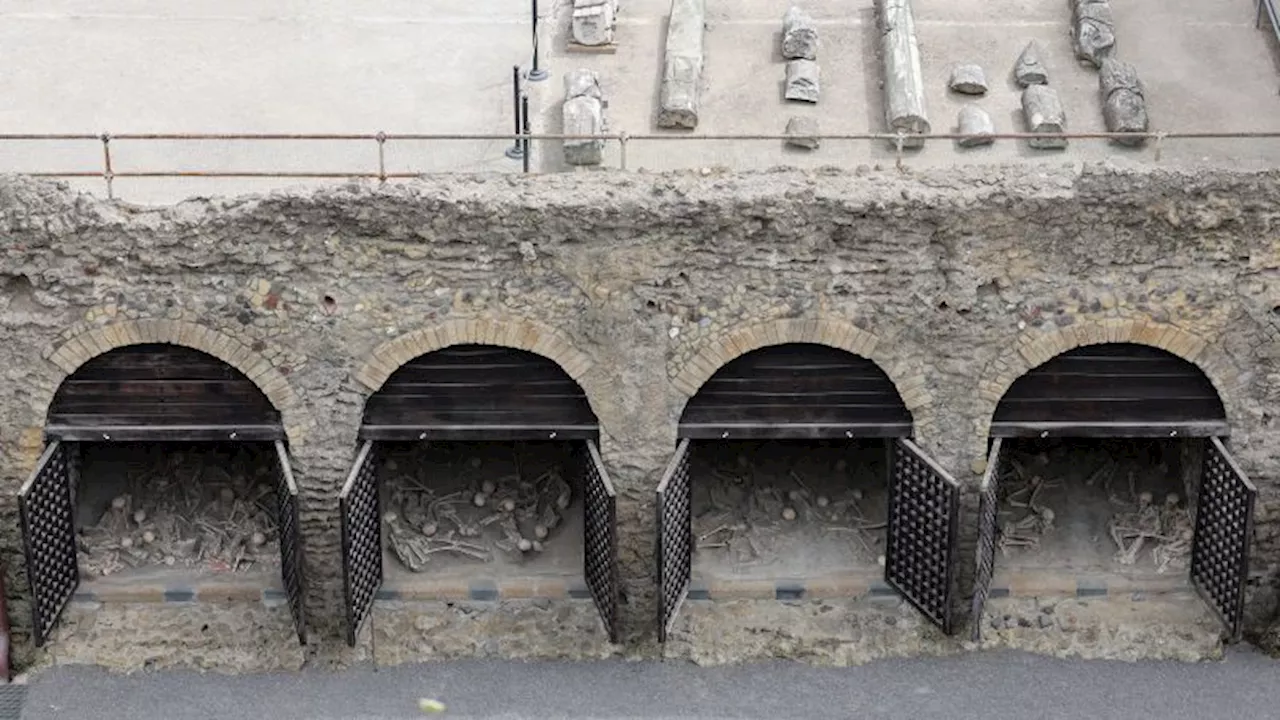The beach at the Herculaneum archaeological park is thought to be the site where more than 300 men tried in vain to save themselves while awaiting rescue by Pliny the Elder.
An ancient beach that was destroyed by the eruption of Mount Vesuvius nearly 2,000 years ago has reopened to the public after restoration works. The beach at the Herculaneum archaeological park is thought to be the site where more than 300 men tried in vain to save themselves from the natural disaster in 79AD while awaiting rescue by a civil protection force directed by the admiral and illustrious Roman scholar Pliny the Elder.
“It was not only a restoration work but also a great research work because we know that re-presenting a site, in an open-air archaeological place, also means being able to delve into scientific aspects: we carried out excavations and found remains and the passage of pyroclastic flows that hit the city in 79AD with materials of all kinds,” the director of the Herculaneum archaeological park Francesco Sirano said.
United States Latest News, United States Headlines
Similar News:You can also read news stories similar to this one that we have collected from other news sources.
 Evidence of more than 200 survivors of Mount Vesuvius eruption discovered in ancient Roman recordsProfessor of Classics, Miami University
Evidence of more than 200 survivors of Mount Vesuvius eruption discovered in ancient Roman recordsProfessor of Classics, Miami University
Read more »
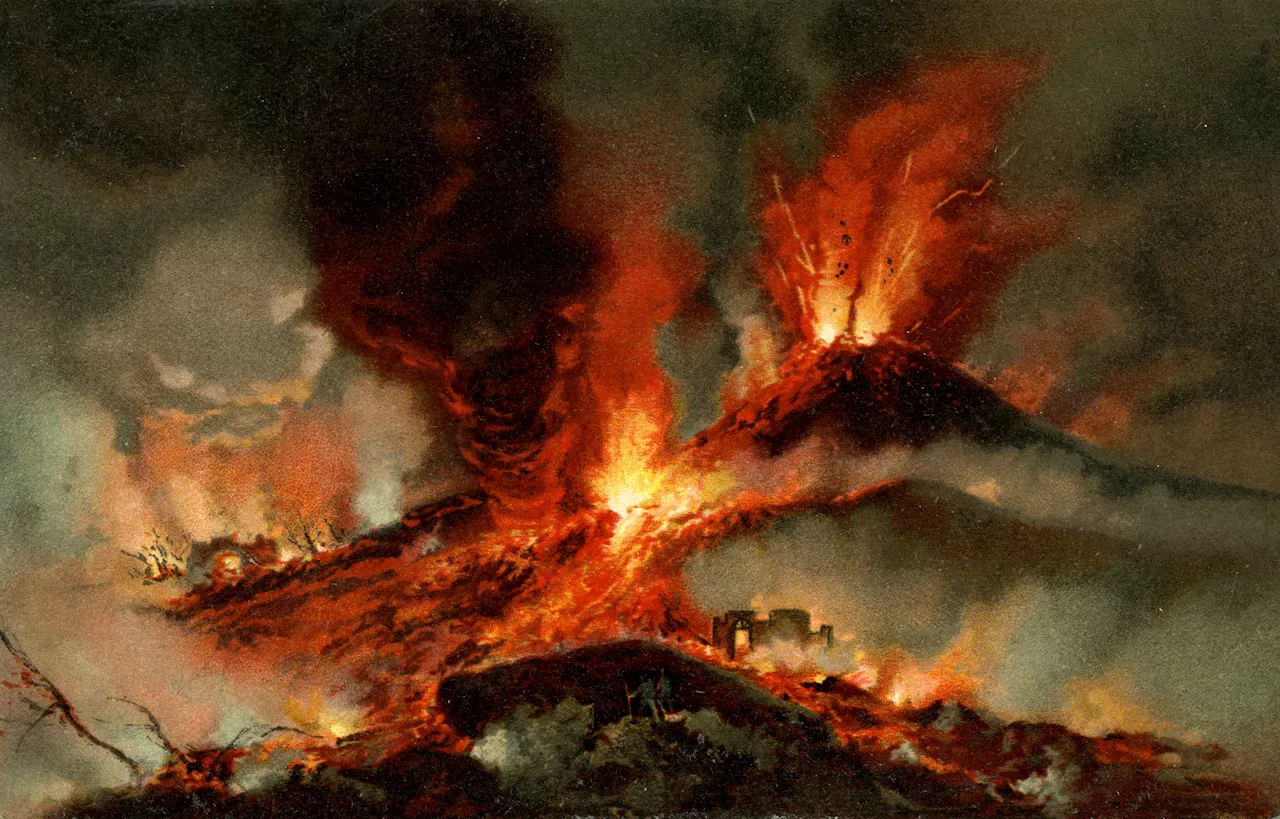 Pompeii Find Provides Glimpse into Childrens' Lives Before Deadly EruptionThe ancient Roman city in southern Italy was destroyed by a catastrophic eruption of Mount Vesuvius in A.D. 79.
Pompeii Find Provides Glimpse into Childrens' Lives Before Deadly EruptionThe ancient Roman city in southern Italy was destroyed by a catastrophic eruption of Mount Vesuvius in A.D. 79.
Read more »
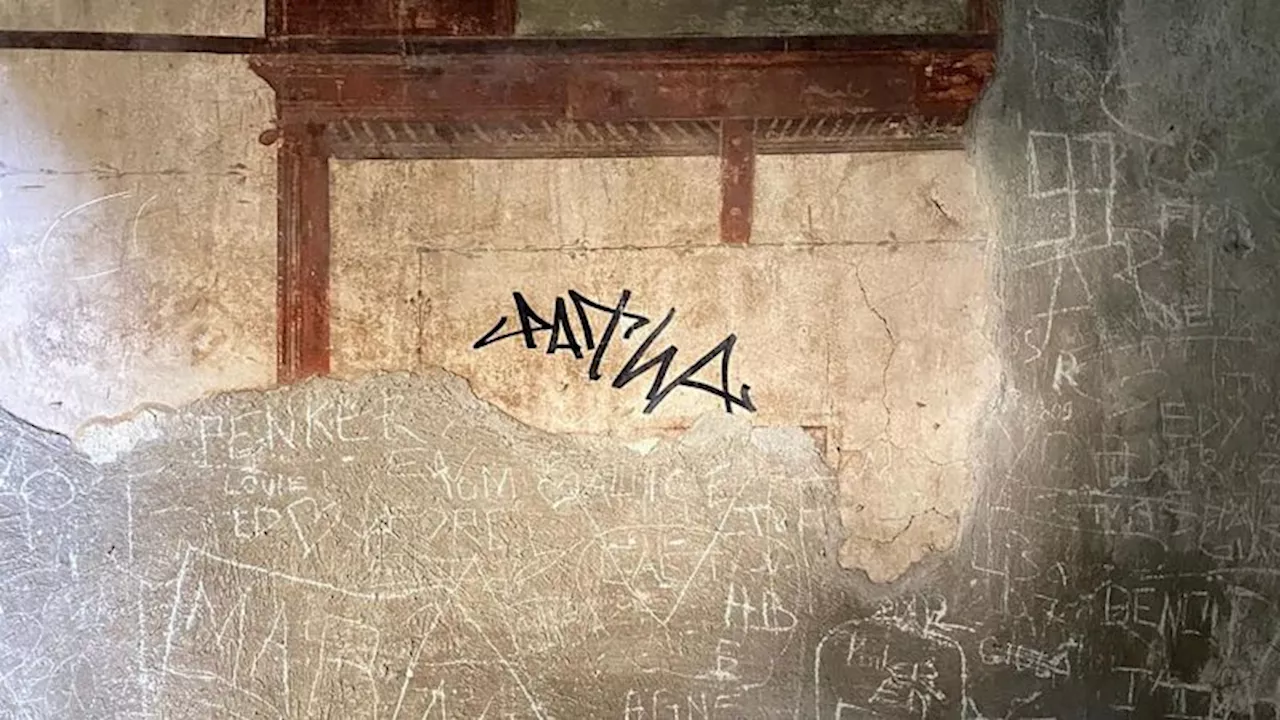 Dutch tourist accused of graffitiing ancient Roman villa in HerculaneumA tourist from the Netherlands has defaced a frescoed wall in an ancient Roman house in Herculaneum, near Naples, damaging a building that survived the volcanic eruption of Mount Vesuvius in 79 AD, Italian police said on Monday.
Dutch tourist accused of graffitiing ancient Roman villa in HerculaneumA tourist from the Netherlands has defaced a frescoed wall in an ancient Roman house in Herculaneum, near Naples, damaging a building that survived the volcanic eruption of Mount Vesuvius in 79 AD, Italian police said on Monday.
Read more »
 Records of Pompeii's survivors have been found—archaeologists are starting to understand how they rebuilt their livesOn Aug. 24, in A.D. 79, Mount Vesuvius erupted, shooting over 3 cubic miles of debris up to 20 miles (32.1 kilometers) in the air. As the ash and rock fell to Earth, it buried the ancient cities of Pompeii and Herculaneum.
Records of Pompeii's survivors have been found—archaeologists are starting to understand how they rebuilt their livesOn Aug. 24, in A.D. 79, Mount Vesuvius erupted, shooting over 3 cubic miles of debris up to 20 miles (32.1 kilometers) in the air. As the ash and rock fell to Earth, it buried the ancient cities of Pompeii and Herculaneum.
Read more »
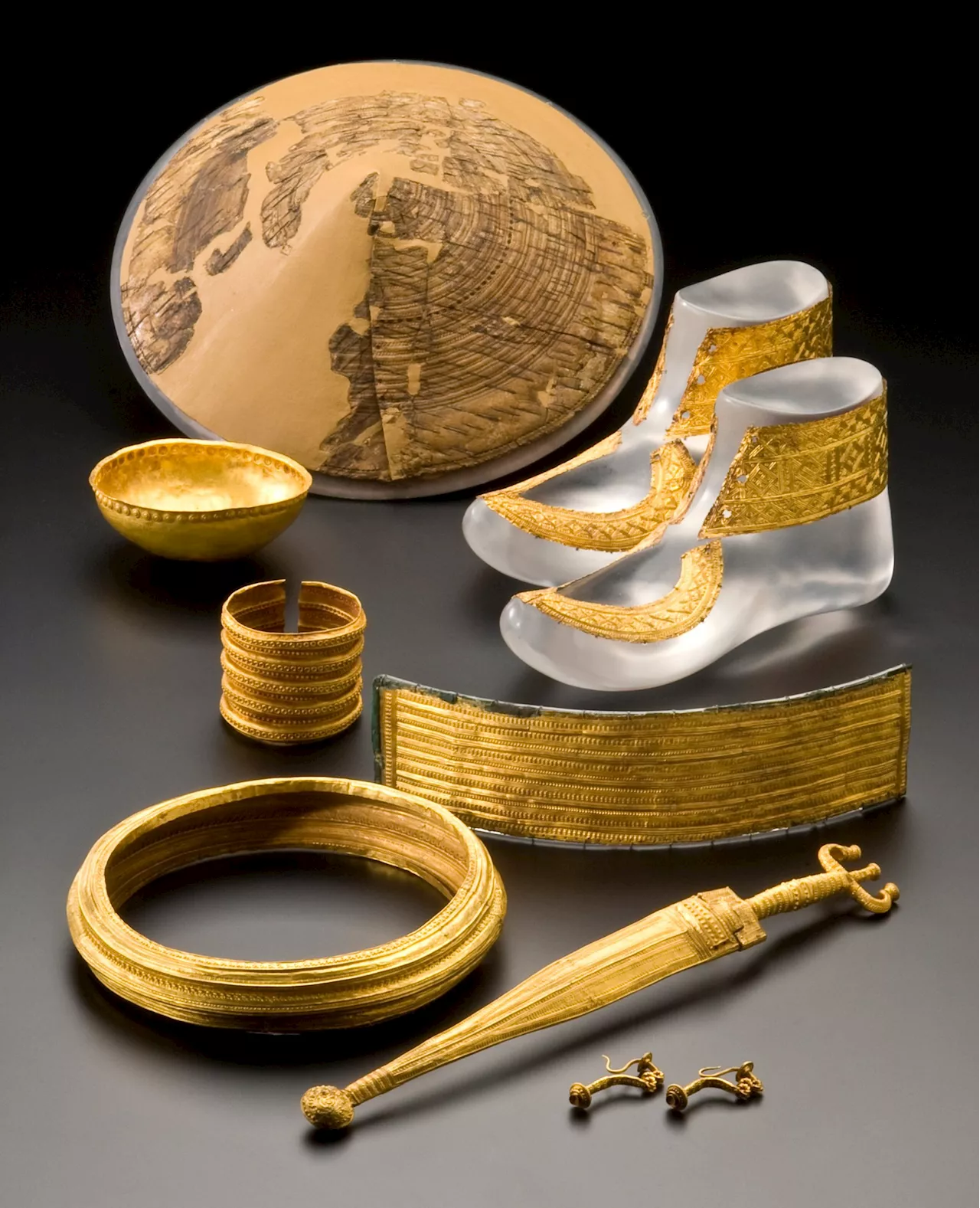 Ancient DNA Reveals Royal Family Ties in German PrehistoryScience, Space and Technology News 2024
Ancient DNA Reveals Royal Family Ties in German PrehistoryScience, Space and Technology News 2024
Read more »
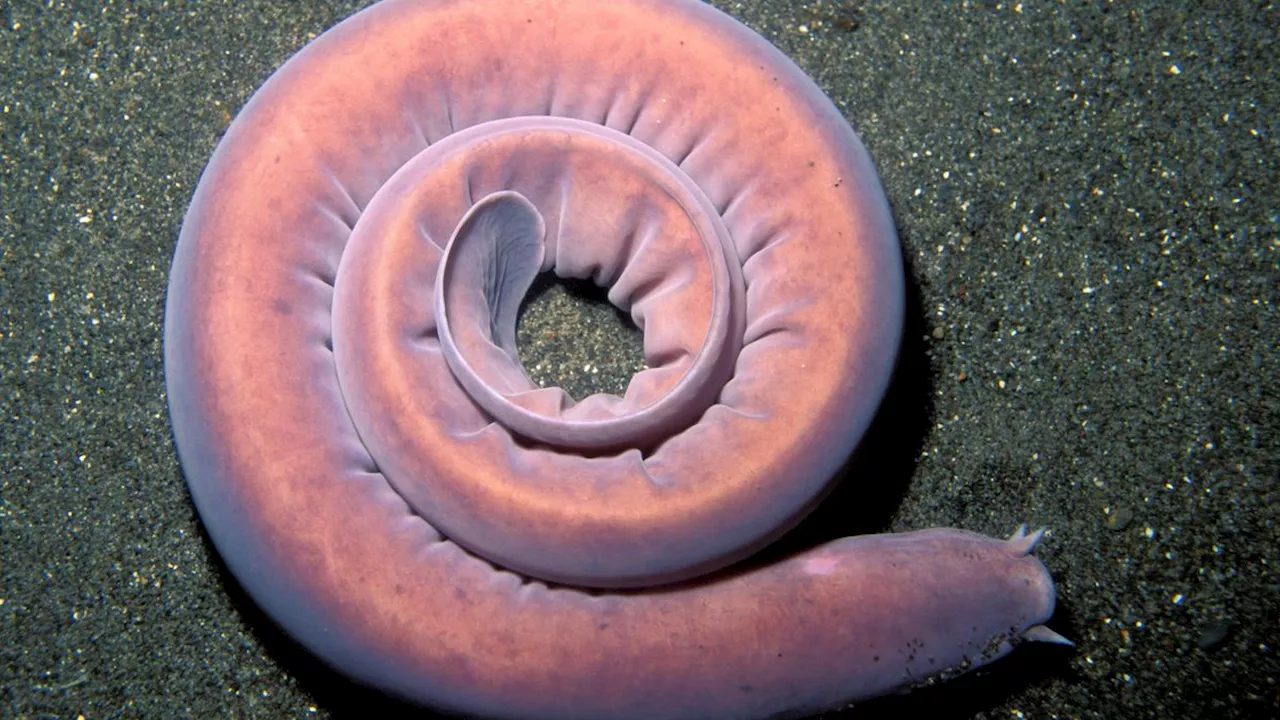 Pacific Hagfish: The ancient deep-sea creature that can can choke a shark by spewing slimeMelissa Hobson is a freelance writer who specializes in marine science, conservation and sustainability, and particularly loves writing about the bizarre behaviors of marine creatures. Melissa has worked for several marine conservation organizations where she soaked up their knowledge and passion for protecting the ocean.
Pacific Hagfish: The ancient deep-sea creature that can can choke a shark by spewing slimeMelissa Hobson is a freelance writer who specializes in marine science, conservation and sustainability, and particularly loves writing about the bizarre behaviors of marine creatures. Melissa has worked for several marine conservation organizations where she soaked up their knowledge and passion for protecting the ocean.
Read more »
